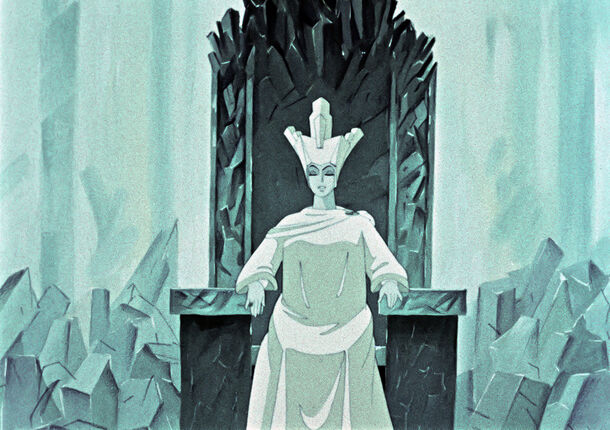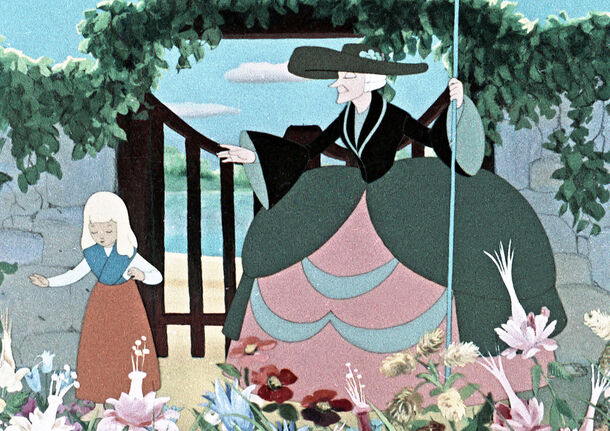Obscure 67-Year-Old Soviet Cartoon That Convinced Hayao Miyazaki Not to Quit Animation

Imagine being single-handedly responsible for blessing the world with an animator as legendary as Miyazaki?
Summary:
- Hayao Miyazaki is an iconic Japanese animator behind the undisputed hits like My Neighbor Totoro, Spirited Away, and the most recent one, The Boy and the Heron.
- However, back in the 1960s, Miyazaki almost decided to step away from his career as an animator.
- But here came his "destiny and [his] favorite film" — a Soviet cartoon released in 1957.
We don't know about you, but for us, a world without Miyazaki animation would be a really quick no. Thankfully, such a scenario will forever remain buried in the multiverse, even though it was quite a possibility back before 1964, when Miyazaki got frustrated by animation and was seriously considering quitting.
Thankfully, he was saved — by one 1-hour long Soviet animated movie titled The Snow Queen, directed by Lev Atamanov. Based on a Hans Christian Andersen's work, the fairytale about a little girl who braved blizzards and snows to rescue her friend Kai from an icy queen's captivity conquered hearts — and Miyazaki's was among them.
“Had I not one day seen The Snow Queen during a film screening hosted by the company labor union,” Miyazaki said about the cartoon, “I honestly doubt that I would have continued working as an animator.”
Aside from Atamanov, The Snow Queen had Leonid Shvartsman as an art director, who also worked on Soviet hits like Cheburashka, The Scarlet Flower, and 38 Parrots. Another art director was Alexander Vinokurov, also famous for the animated series about Mowgli as well as Winter in Prostokvashino.

The Snow Queen had to weather the Soviet censorship, with its animators having to do their research in Latvia and Estonia as they were unable to go to Hand Christian Andersen's home country, Denmark.
Despite all that, The Snow Queen managed to be a ground-breaking work for the Soviet animation: it not only made use of a new approach called "rotoscoping" (or "éclair"), but also cinematographically filmed some of the actors.
For instance, Maria Balabanova, who portrayed the Snow Queen herself; after performing live in full make-up for cameras, she would then be translated into frame-to-frame drawing, thus giving her character her unique mannerisms. Motion capture who?

It's safe to say Miyazaki wasn't the only one left inspired by the iconic Soviet project. The Snow Queen literally managed to melt the Cold War tensions when the rights for its US theatrical distribution were acquired by Universal Pictures in 1959.
These days, many people prefer the old Soviet take on Hans Christian Andersen's story even to Disney 's modern hit Frozen.
Where to Watch The Snow Queen?
The Snow Queen is available on YouTube with English translation and optional subtitles.